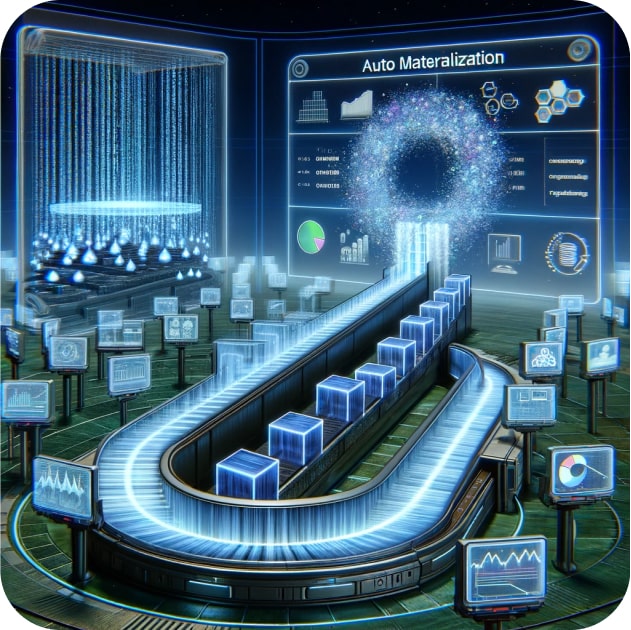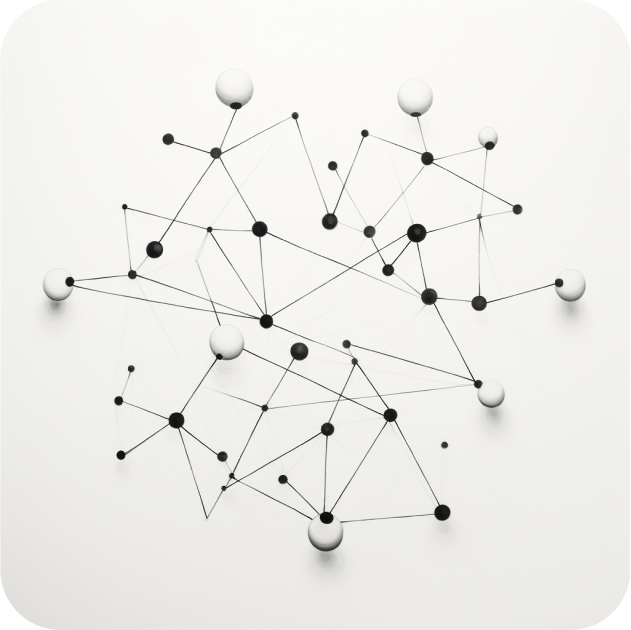Data Augmentation

Data augmentation definition:
Data augmentation can be applied to various types of data beyond images, audio, and video. Here's an example of how data augmentation can be used in text data:
Suppose you have a dataset of text reviews for a product and you want to classify them as positive or negative. However, the dataset is imbalanced with a lot more positive reviews than negative ones. To address this issue, you can use data augmentation techniques to generate synthetic negative reviews from the existing ones.
One technique is to use synonym replacement where you replace certain words in the negative reviews with their synonyms. For example, you can replace the word "bad" with "poor" or "terrible". This generates new negative reviews that have a slightly different wording but still convey the same sentiment.
Synonym replacement in Python using NLTK
Here's an example of how to implement synonym replacement using the NLTK library in Python (which you can install with pip install nltk):
Please note that you need to have the necessary Python libraries installed in your Python environment to run this code.
import nltk
import random
nltk.download('punkt')
nltk.download('wordnet')
from nltk.corpus import wordnet
# Define a sentence to modify
sentence = "The quick brown fox jumps over the lazy dog"
# Tokenize the sentence into words
words = nltk.word_tokenize(sentence)
# Loop through each word in the sentence
for i, word in enumerate(words):
# Get the synonyms for the word
synonyms = []
for syn in wordnet.synsets(word):
for lemma in syn.lemmas():
synonyms.append(lemma.name())
# Replace the word with a random synonym, if available
if len(synonyms) > 0:
words[i] = synonyms[random.randint(0, len(synonyms)-1)]
# Join the modified words back into a sentence
new_sentence = " ".join(words)
# Print the original and modified sentences
print("Original sentence:", sentence)
print("Modified sentence:", new_sentence)
This function takes in a text string and the number of synonym replacements to perform (default is 5). It uses the NLTK library to get synonyms for each word in the text and replaces them with a randomly chosen synonym. The function returns the augmented text with the specified number of replacements.
Your output might look something like this:
Original sentence: The quick brown fox jumps over the lazy dog
Modified sentence: The quick dark-brown fob jump o'er the slothful dog
Although it may equally give you this:
Modified sentence: The flying Brown_University Fox jump-start all_over the faineant chase
…which is a bit weird. While NLTK's WordNet is a useful resource for obtaining synonyms, it may sometimes return seemingly unrelated or nonsensical words. To avoid this, you can try the following approaches:
Filter by part of speech (POS): WordNet provides synonyms for different parts of speech like nouns, verbs, adjectives, and adverbs. By specifying the part of speech, you can get more relevant synonyms.
Use the most common sense: Each synonym in WordNet has a sense number, which indicates its commonness. To avoid nonsensical synonyms, you can choose only the most common sense or limit the number of senses you consider.
Context-based filtering: If you have some context for the word you're finding synonyms for, you can use that context to filter out irrelevant synonyms. You can use a pre-trained language model like BERT, GPT, or ELMo to rank the synonyms based on their contextual fit.
Cosine similarity: Calculate the cosine similarity between the word embeddings of the original word and its synonyms. By selecting the synonyms with the highest similarity scores, you can get more relevant results. You can use pre-trained embeddings like Word2Vec, GloVe, or FastText for this purpose.
Custom filtering rules: Create your own filtering rules based on your specific use case. For example, if you're only interested in synonyms of a certain length, you can filter out shorter or longer synonyms.
Use a more advanced thesaurus: If you find WordNet lacking, you can try other resources like BabelNet, which combines WordNet with other linguistic resources to provide a richer set of synonyms and translations.
Manual review: As a last resort, you can manually review the list of synonyms and remove any that don't make sense in your specific use case. This might be time-consuming but can help ensure the quality of your results.
Remember that no automated synonym extraction method is perfect, so using a combination of these approaches may yield the best results.
An example of simple character level noise injection
In this example, we will perform data augmentation using a simple character-level random noise injection technique. This method is particularly useful for augmenting text data, especially when training models that need to be robust to noisy inputs.
Here's a Python implementation of the random noise injection data augmentation technique:
import random
import string
def inject_noise(text, noise_level=0.1):
"""
Injects random noise into the input text at the character level.
:param text: The input text to be augmented
:type text: str
:param noise_level: The proportion of characters to be replaced with random characters (default: 0.1)
:type noise_level: float
:return: The augmented text with injected noise
:rtype: str
"""
augmented_text = []
for char in text:
if random.random() < noise_level:
random_char = random.choice(string.ascii_letters)
augmented_text.append(random_char)
else:
augmented_text.append(char)
return "".join(augmented_text)
# Example usage
input_text = "The quick brown fox jumps over the lazy dog."
augmented_text = inject_noise(input_text, noise_level=0.1)
print(f"Original text: {input_text}")
print(f"Augmented text: {augmented_text}")
In this example, the inject_noise function takes a text string as input and replaces a proportion of the characters with random characters, based on the specified noise_level. The function then returns the augmented text. This simple method can help create a more diverse and robust training dataset for various NLP tasks.
Append

Archive

Auto-materialize

Backup

Batch Processing

Cache

Categorize

Deduplicate

Deserialize

Dimensionality

Encapsulate

Enrich

Export

Graph Theory

Idempotent

Index

Integrate

Lineage

Linearizability

Materialize

Memoize

Merge

Model

Monitor

Named Entity Recognition

Parse
Partition

Prep

Preprocess
Replicate
Scaling
Schema Inference

Schema Mapping
Secondary Index

Software-defined Asset

Synchronize
Validate

Version
